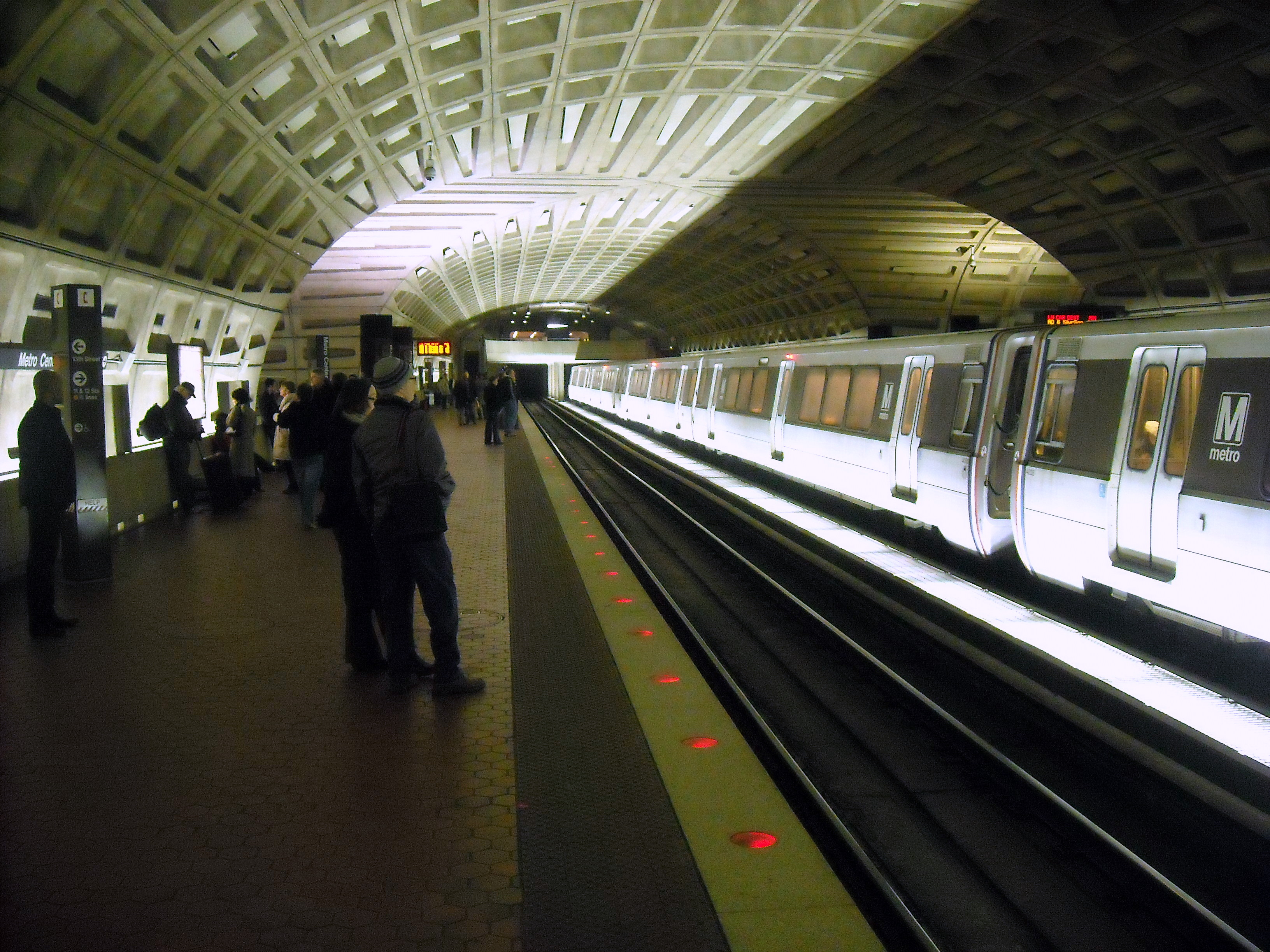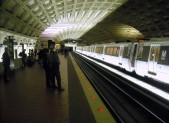
NTSB Urges Immediate Action on Emergency Response to Smoke in Tunnels
 The National Transportation Safety Board today issued urgent recommendations to the Federal Transit Administration, the Washington Metropolitan Area Transit Authority and the American Public Transportation Association calling for improved ventilation procedures during smoke and fire events in tunnels.
The National Transportation Safety Board today issued urgent recommendations to the Federal Transit Administration, the Washington Metropolitan Area Transit Authority and the American Public Transportation Association calling for improved ventilation procedures during smoke and fire events in tunnels.
The NTSB is recommending a nationwide audit of transit agencies by the FTA to assess the state of tunnel ventilation systems, written emergency procedures for fire and smoke events, and training to ensure compliance with these procedures. Furthermore, the NTSB has recommended that the FTA verify that agencies are applying the best industry standards in maintenance and emergency procedures. Companion recommendations to APTA focus on similar issues.
The NTSB also made three urgent recommendations directly to WMATA to address the safety issues that have come to light in the ongoing investigation into the January 12, 2015 electrical arcing and smoke accident near the L’Enfant Plaza station in Washington, DC.
“Procedures for ventilation of smoke in emergencies can be critical, but they vary across systems, and in some systems are inadequate – as we have found in the present WMATA investigation,” said NTSB Acting Chairman Christopher A. Hart. “Although the investigation is ongoing, WMATA should immediately address these issues to prevent any chance of a recurrence, and other systems should be audited for similar problems.”
As part of the ongoing investigation, the NTSB found that the WMATA subway system has ventilation fans at strategic locations to remove smoke and heat from the tunnels. These fans can be operated in either a supply mode that pulls fresh air into the tunnels or stations or an exhaust mode that pulls air from the tunnels or stations to the outside. The fans can be operated either remotely from the WMATA Operation Control Center or locally from control panels located at the fans.
The investigation to date has revealed that WMATA does not currently have the means to determine the exact location of a source of smoke in its tunnel network. WMATA maintains no written ventilation procedures for smoke and fire events in the tunnel, and the ventilation strategy that WMATA implemented during the accident was not consistent with best practices.
The full safety recommendation letters are available at:
http://www.ntsb.gov/safety/safety-recs/recletters/R-15-007.pdf
http://www.ntsb.gov/safety/safety-recs/recletters/R-15-008-010.pdf
http://www.ntsb.gov/safety/safety-recs/recletters/R-15-011-012.pdf
Related:
NTSB Urges Immediate Action on Emergency Response to Smoke in Tunnels

The National Transportation Safety Board today issued urgent recommendations to the Federal Transit Administration, the Washington Metropolitan Area Transit Authority and the American Public Transportation Association calling for improved ventilation procedures during smoke and fire events in tunnels. The NTSB is recommending a nationwide audit of transit agencies by the FTA to assess the state […]
Mikulski "Shocked at the Findings of the NTSB's Investigation"

U.S. Senator Barbara A. Mikulski today issued the following statement after the National Transportation Safety Board (NTSB) issued safety recommendations for the Washington Metropolitan Area Transit Authority (Metro) system following the Yellow Line smoke incident on January 12 that caused the death of one passenger, critical injuries to two passengers and the hospitalization of 84 […]

Engage us on Facebook
Follow us on Twitter
Tweets by @mymcmedia